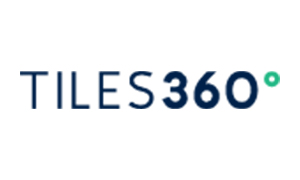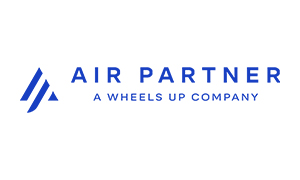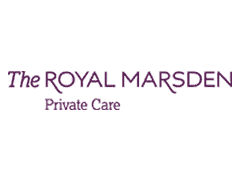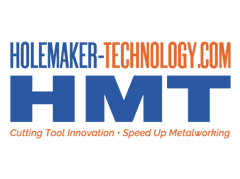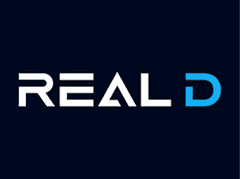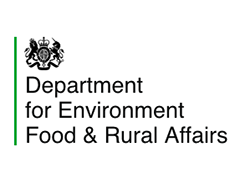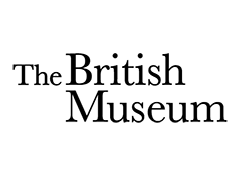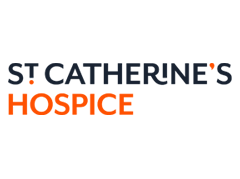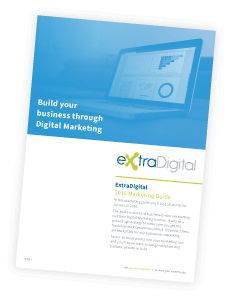A demand side platform (DSP) is an automated ad buying platform, where advertisers and agencies go to purchase digital ad inventory – instead of using both Google Ads and Facebook Ads and other platforms you can use one platform, a DSP to manage these.
How do DSPs work?
DSPs are an example of programmatic advertising. This is the buying and selling of ads in real-time through an automated system. Ad placements are auctioned off in fractions of a second with “real-time bidding”.
A good DSP platform will allow you to include multiple rich media ads including images, video and animation. It will give you control on the spend both which platforms are used and the target cost per click or cost per action.
The benefits of using a DSP
The main reason for using a DSP is to enable you to control, track, and maximize all your digital ads in one place. This means you can manage an entire ad campaign across multiple sites on one dashboard.
Many solutions offer the ability to track across different platforms, analyse this data and make informed decisions on relative budgets between platforms.
But a DSP makes it easy to show ads to people on one platform and then another. For example, you can show someone an ad on Google, then show them ads on Facebook, and then across other sites they visit. This can be done without a DSP but requires more knowledge and requires campaigns setup on each advertising platform.
DSP’s also make it easy to be added to other major ad publishers. This can be useful – but does have risks as too easy to setup campaigns on other platforms without realising how assets appear which can be a problem for top brands.
The disadvantages of using a DSP
The biggest problem is you leave the interaction with key publishers such as Google Ads and Meta to your DSP. As new features appear on Google Ads and Meta can you make use of these? How quickly does the API linking the two get updated to make use of new features?
You also become dependent on the targeting criteria available withing your DSP. If (say) Google Ads implements new audience features you may be unable to access these quickly if you are tied into a DSP.
A good enterprise level DSP will have features to protect your brand – so full control of ad destinations and a whitelist of B2B-safe inventory, and with platforms you know well and you keep on top of changes this works well; the risk is always from new features.
The optimisation of the ads needs to be made based on values of the clicks and leads produced -which depends on numbers of SQLs (sales qualified leads), meetings or customer value. It can be very difficult for a company to get this data.
For B2C or B2B?
It is worth also considering the specific features of your DSP; DSPs developed first for ecommerce – so very much B2C focused. But B2B lead generation is very different and best results usually obtained by a B2B specific DSP such as Piper (now part of DemandBase).
How does a B2B DSP work?
A DSP designed for B2B (such as Piper) will optimize for results that drive B2B revenue. These include account lift, engagement, and account reach.
The DSP will use account intelligence to build your audience. It then targets the buying group members based on characteristics such as business email, intent, job level, job role, and persona.
A DSP designed for business will allow for optimisation based account level measures (for ABM - Account Based marketing) rather than individuals as in B2C, and will often be integrated seamlessly with an app such as DemandBase for cross channel segmentation and activation.
Is a DSP worth it for B2B lead generation?
It depends.
It is a significant investment but can allow one person to have full visibility of all campaigns across all channels. This is certainly helpful in the short term.
There is a real risk of letting some of the AI optimise without sufficient oversight and a medium-term loss of direction. AS well as a tech risk of the DSP failing to keep up with changes in the advertising channels.


